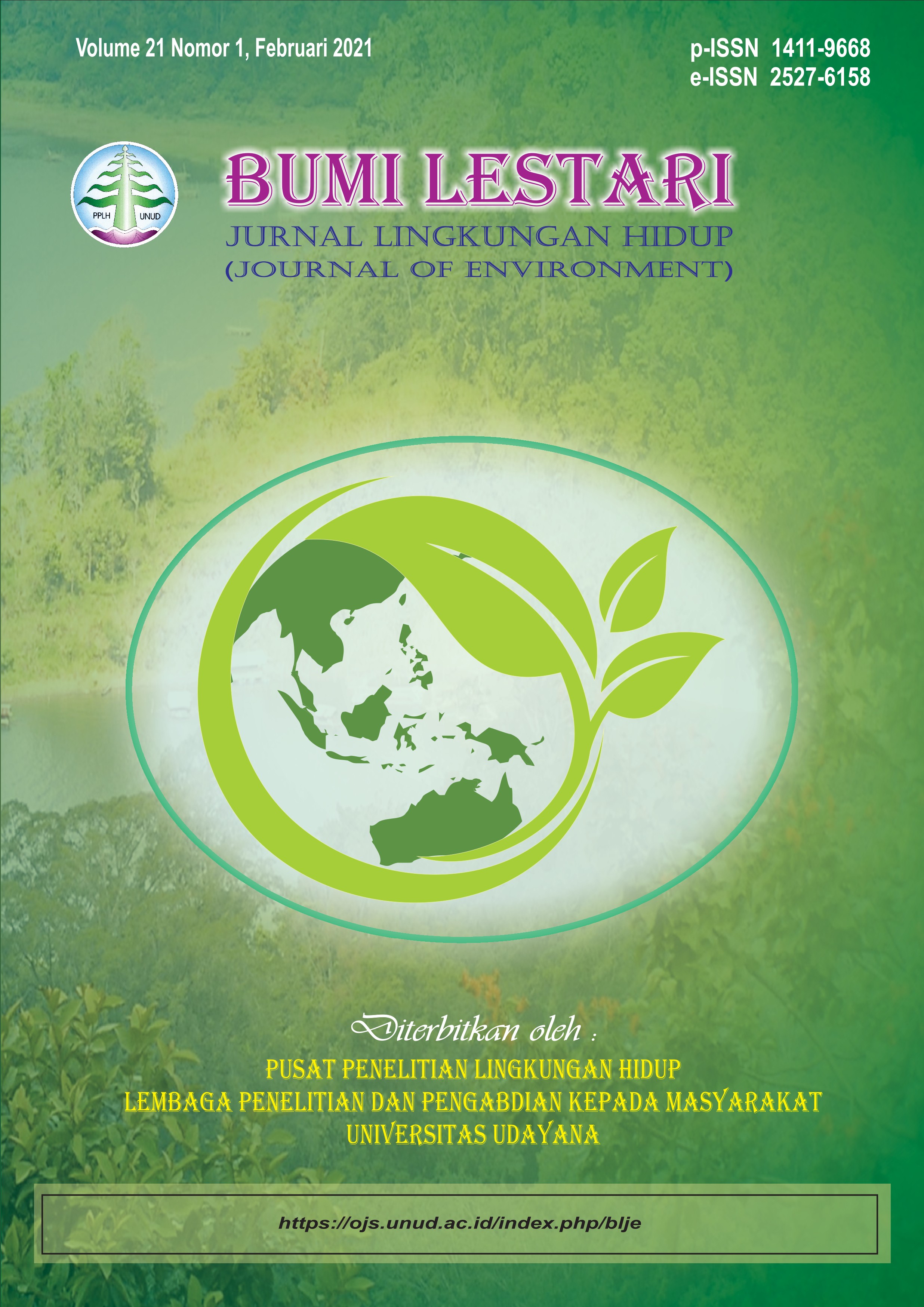Prediction Landslide Location Area Using ANN (Case study in Bangli Regency, Bali Indonesia)
Abstract
Landslides are significant geo-hazards heavily impacting many regions of the world regarding human lives and economic losses. The large magnitude of natural forces involved in landslides makes actions of mitigation or prevention unfeasible, with exceptions for minor occurrences or under special conditions. Many old methods have been applied in landslide management and/or prediction, such as overlays or weighting methods. The newest/advanced methods are still being developed and one of the newest methods is Artificial Neural Network (ANN). ANN are biologically inspired computer programs designed to simulate how the human brain processes information. Many types of ANN exist; the most famous one is Multilayer Perceptron (MLP) Neural Network Algorithm with FeedForward model. MLP consists of three parts: the input layers as neurons representing the value of data; the hidden layer, which demonstrates the network training process; and the output layer, which provides the prediction of the landslide areas. In this research, the input layer consists of landslide location characteristics, such as the rainfall intensity, land cover, slope, geological types, and rate displacement of landslides. As a case study, Bangli Regency was selected. In 2017 there was a landslide disaster in the Kintamani District, Bangli Regency, which resulted in dozens of people missing or dead, and several houses destroyed. In this study different numbers of neurons were used in the hidden layer (15, 50, 100, and 150 neurons). The best performance is obtained at 150 neurons, with 0.9677 (96,77%) for the test set.
Downloads
Authors who publish with this journal agree to the following terms:
- All articles published by Bumi Lestari Journal of Environment and Environmental Reseach Center Udayana University are made available under an open access license worldwide immediately. This means everyone has free and unlimited access to the full-text of all articles published in Bumi Lestari Journal of Environment, and everyone is free to re-use the published material given proper accreditation/citation of the original publication. Open access publication is supported by authors' institutes or research funding agency by payment of a comparatively article processing charge for accepted articles (See Author Fees). Bumi Lestari Journal of Environment and Environmental Reseach Center Udayana University publish articles under the Creative Commons Attribution License.
- Authors are able to enter into separate, additional contractual arrangements for the non-exclusive distribution of the journal's published version of the work (e.g., post it to an institutional repository or publish it in a book), with an acknowledgement of its initial publication in this journal.
- Authors are permitted and encouraged to post their work online (e.g., in institutional repositories or on their website) prior to and during the submission process, as it can lead to productive exchanges, as well as earlier and greater citation of published work (See The Effect of Open Access).





